SummaryAirport Rating n/a Reception of locals n/a Cost: £££££
Safari in the heart of EnglandWhenever I think of the word 'safari' I think of southern and eastern Africa, endless plains, hot sun and the wilderness. I got to experience some of this during my trip to Kenya (and you can read about that here). I definitely don't think of the English countryside, and certainly not the Midlands. The Midlands is famous for its industry (you can read about the Black Country here) and home of the second largest city in the UK (you can read about Birmingham here). And while there's a famous zoo in Dudley, the concept of a safari seems strange. But that's exactly what the West Midlands Safari Park is - a nearly 50 year old institution spread over 200 acres of countryside in the English Midlands. The park first opened in 1973 and housed ex-circus animals but has since grown to become an important player in the global conservation efforts of some critically endangered species. The conservation angle is particularly important. I'm not a huge fan of keeping large wild animals in enclosed spaces, but with the more open air feel of a safari park, coupled with the important role the park plays in supporting the breeding programmes of some of these animals, means the safari park is an institution I support strongly. I've been to the safari park on a couple of occasions previously, but both times were many years ago, so I had foggy memories about the experience - so when the opportunity came to revisit, I was happy to re-explore something so important, and exotic - but so close to home. Bring food for yourself, buy food for animalsLike many attractions in the Midlands, the cost of a ticket to the safari park includes a free return trip as long as you return in the same car. So, while a ticket is £25 each, if you return in 12 months you are effectively paying a more affordable £12.50 which is more than reasonable. If you're visiting the safari park, I wouldn't recommend cleaning the car beforehand, the ride through the safari park - while on largely paved roads - can kick up some dust and you'll certainly have animals on and around your car. I'd also recommend bringing some packed lunch. The journey through the park is around two hours long and while there is food available in the attractions at the end of the park, it's pretty expensive. The entrance to the safari park is through a long, grand road that ends with small wooden huts where you are able to purchase tickets. Due to the pandemic, it's worth booking online beforehand. I'd recommend getting some animal feed from the ticket office - it costs £4 (which isn't cheap) but means you're able to hand feed many of the animals (and you get some wipes for your hands). Transport to another worldOnce you get through the entrance, the landscape shifts to an open green and it honestly feels like you've been transported to another world. Within moments of driving I was met by an opening where zebras and rhinos were grazing, while I could see the tall necks of giraffes in the distance. The animals are all, evidently, used to cars and approach each car window with the hope that they will be fed. The early part of the safari experience is through mainly herbivorous animals, and I had zebras, deer and cattle all poking their head into the car for food. Groups of camels had the freedom to roam through a particularly large part of the park. In Nairobi I saw a wild rhinoceros from a distance and it was pretty exciting. Sure, the animals here aren't wild, but given that they have the proximity to move about big open spaces, it was pretty cool to see a few rhinos fairly close up. At one point, a rhino came within a few metres of the car and seemed to stare directly through it. A particular highlight was the opportunity to feed some giraffes. It's something I was lucky enough to do at the Giraffe Centre in Nairobi, but this experience was even closer. It's hard to miss giraffes, and I could see their long necks hovering over the horizon long before I pulled up beside them. The giraffes roam freely, and it's surreal looking in front of the car and seeing nothing but legs. As soon as the window was opened with a palm full of food, the giraffes craned their necks downs and reached into the car. It's an incredible experience and I thought for a split second, there's nothing stopping this giraffes tripping over and falling body first into the car. Life with the lionsWhile the herbivores roam freely, it's perhaps not all that surprising that some of the other animals aren't allowed to come to your car - tigers and cheetahs are pretty well fenced off - while the sheer size of elephants means there's some distance between the car and them at all times. But it's a different story with the lions. Before entering the lion 'section' you are told to close and lock all your doors and windows, while soft topped vehicles aren't allowed to enter the section. Driving through, it took a while to spot lions, but when you see one, the rest aren't far behind, and the strangest thing is once they appear, they completely surround you. Park rangers keep a close eye on everything to make sure no one accidentally (or on purpose) opens a window or door - but I've never experienced anything like it. Large male lions with thick manes, female lionesses built to hunt, completely surrounded the car. A couple of lions brushed up against the car, but they were all busy in their own lives. At the edge of the enclosure, where the lion section meets the herbivore section, the metal fences allowed the two types of animals to see each other and I saw a couple of lions shadowing a deer on the other side who seemed to be having fun with the lions who were chasing it but weren't able to get through the fence. But nothing feels quite like an adult lion with a thick mane approaching the window of the car. I know lions are big, but it's only when they're this close did I actually appreciate just how big and heavily built they are. I just sat there thinking if it catches a hold of any kind of animal, it's pretty much game over. It's an experience that will stay with me for a long time. The park is also famous for having white lions, and they seem even more magnificent, although you're not able to get as close to them. Even so, the pride was basking in the afternoon sun, with a lone male lion keeping watch in the distance. A short drive away, in the Asian section of the park, there are white tigers. As with white lions, these animals are extremely rare in the wild, so the chance to see breeding prides was pretty cool (although unlike some of the other animals, they were more content just lying in the deep grass). Every so often you'll come across a section where you might not see any animals, or only see them from a great distance. This is more like a real safari, and you need to go into the park with the mindset that you might not be able to see every animal that you want to see. More than just a safari parkThere are two lanes throughout the park, so you're almost completely in control of how fast or slow you move through the park. I would recommend going later in the afternoon or very early in the morning when the park is quieter and the animals are out and about. On average, a trip through the park takes between 90 and 120 minutes. At the end of the 'safari' part of the park are more attractions, beginning with a visitor centre filled with overpriced food and gift shops that opens into a more zoo-like area. This is the part that I'm less comfortable about, animals like penguins and lizards are pushed into enclosed spaces while people walk past gawking. It's a shame, because it's not all bad. In the same area is the largest group of hippos in the UK and they seem to have a large area to relax (although who I am to determine how big of an area is 'big enough'). There's also the largest lemur walk-through wood in the UK and other animals like goats, meerkats and antelope. A little further on and the 'zoo' opens up into a weird dinosaur park that's filled with animatronic dinosaur models. I didn't walk too far into the exhibit, but I can imagine that it's something young children might enjoy. The final part of the area is a small theme park. It's definitely not an Alton Towers, Thorpe Park or Drayton Manor, but I was surprised by how big it was considering its not even the main attraction. It's not cheap - wristbands are an additional £16, while pay-per-rides can be up to £5 depending on the ride. It's a fun little area, if not a little overpriced (I decided too overpriced for me to purchase wristbands). Should you visit West Midlands Safari Park?If you're based in the UK, I think it's a no-brainer. Not only does the park play an important role in the global effort to save critically endangered animals, it's also a fun day out. It's not a real safari and the animals aren't wild, but that also brings advantages, like the opportunity to get up close to some exotic wildlife. Given the number of cars around you, you can never really forget that you're not in England, but an hour into the journey, it doesn't really matter, because the experience itself is so good. It's even better for young children, a trip to the safari park can easily be the start of a lifelong love, or appreciation, of wildlife - I know that is was for me. Comments are closed.
|
AuthorBritish Sikh, born in the Midlands, based in London, travelling the world seeing new cultures. Categories
All
|
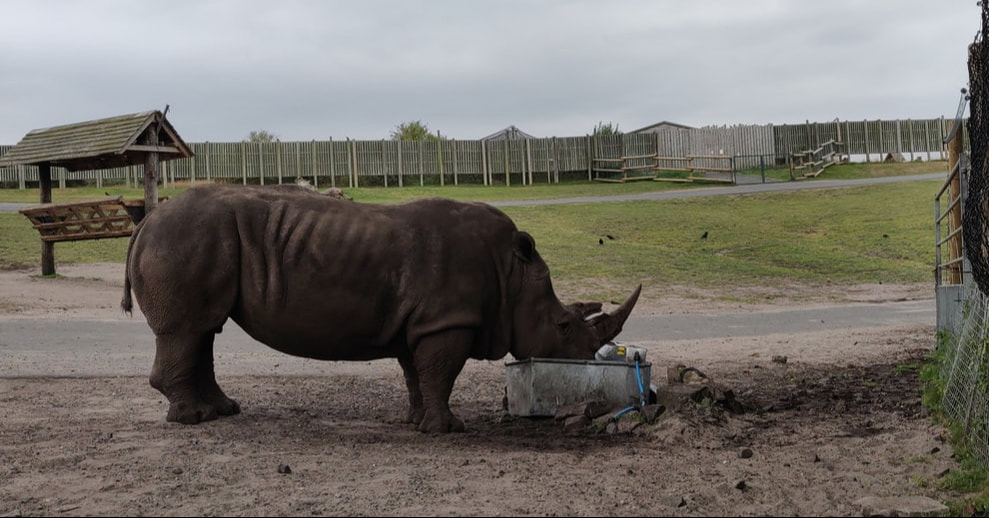
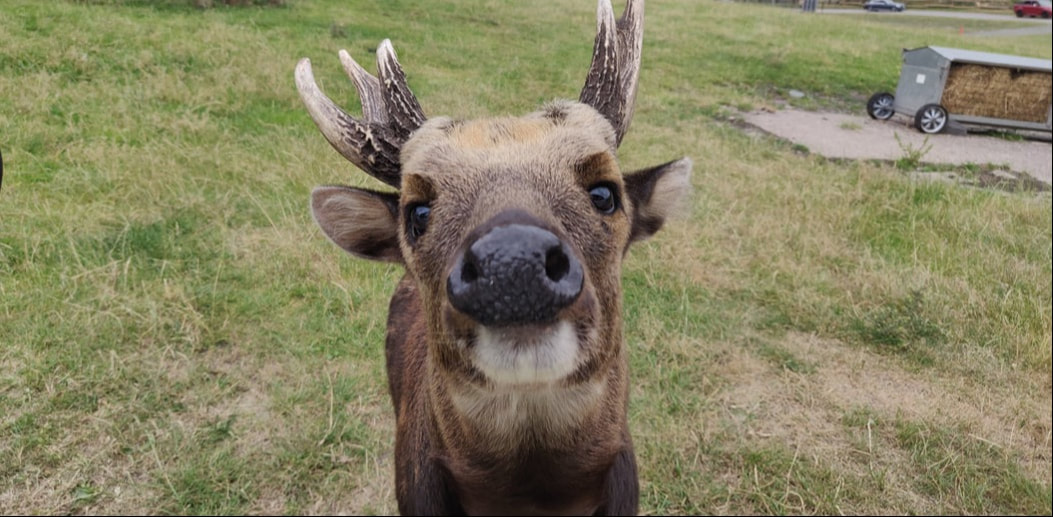
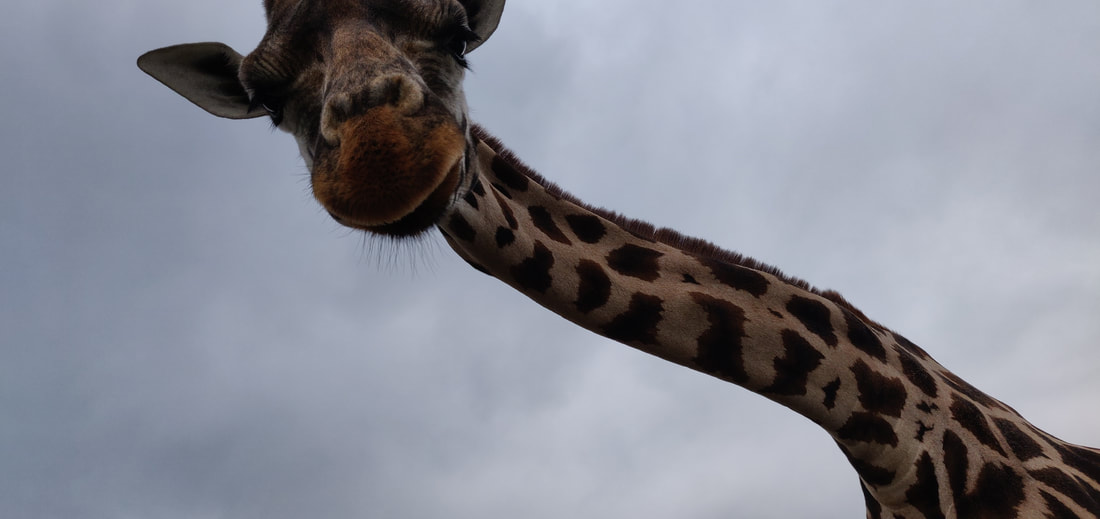
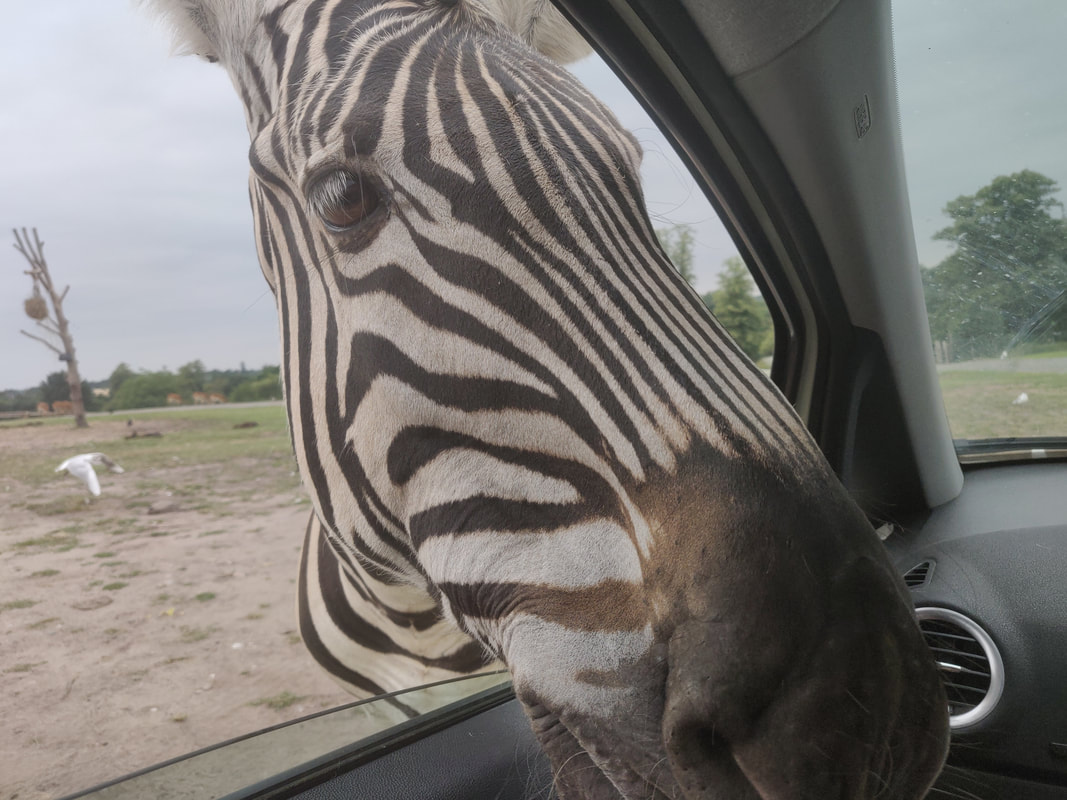
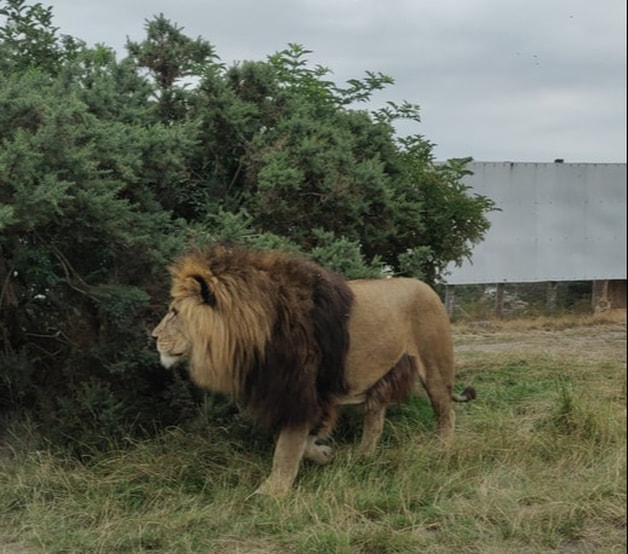
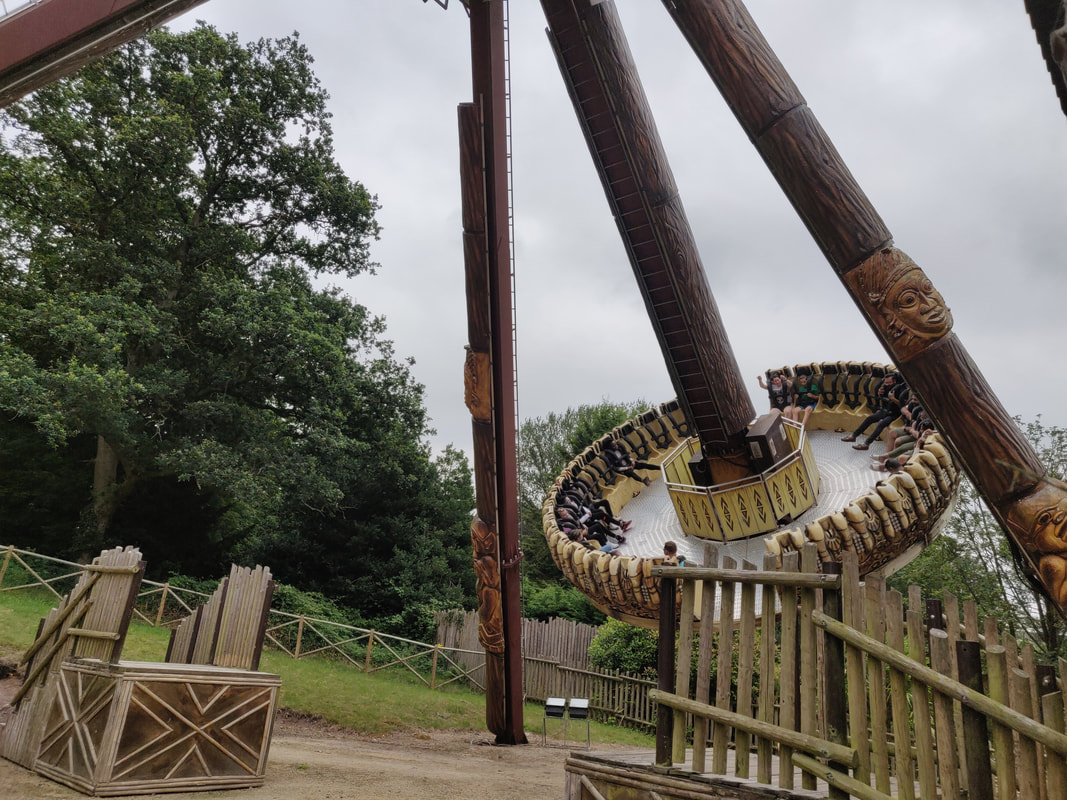
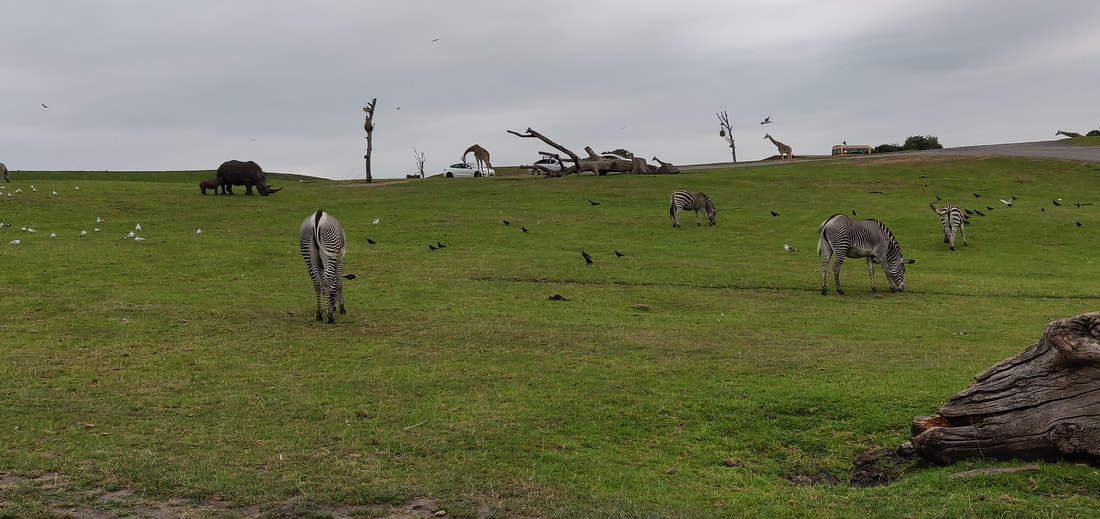

 RSS Feed
RSS Feed